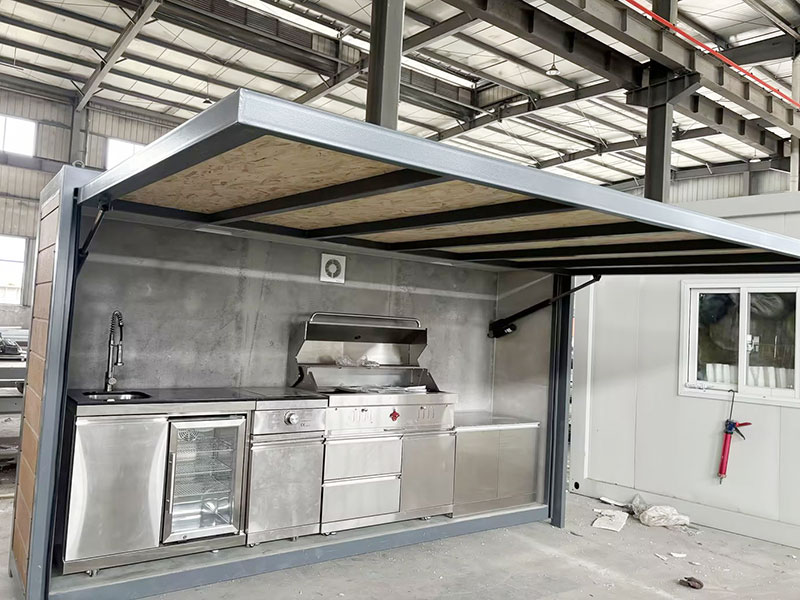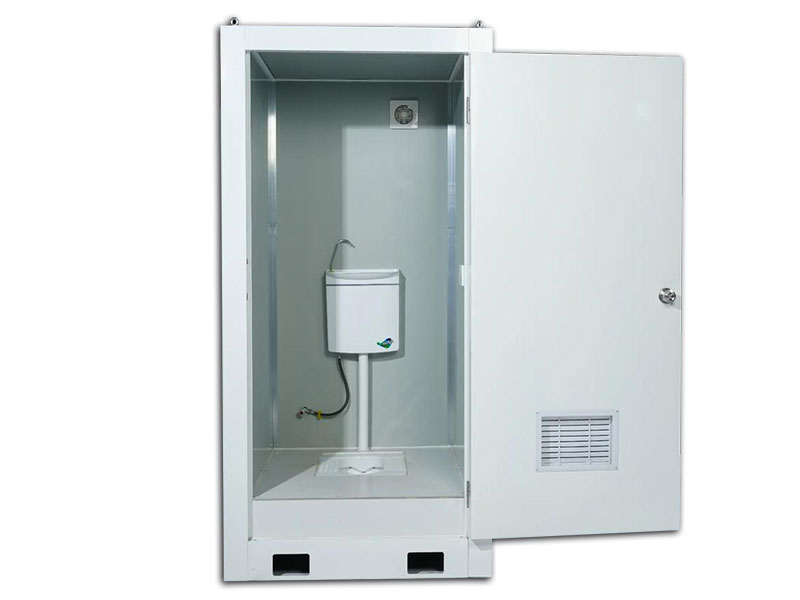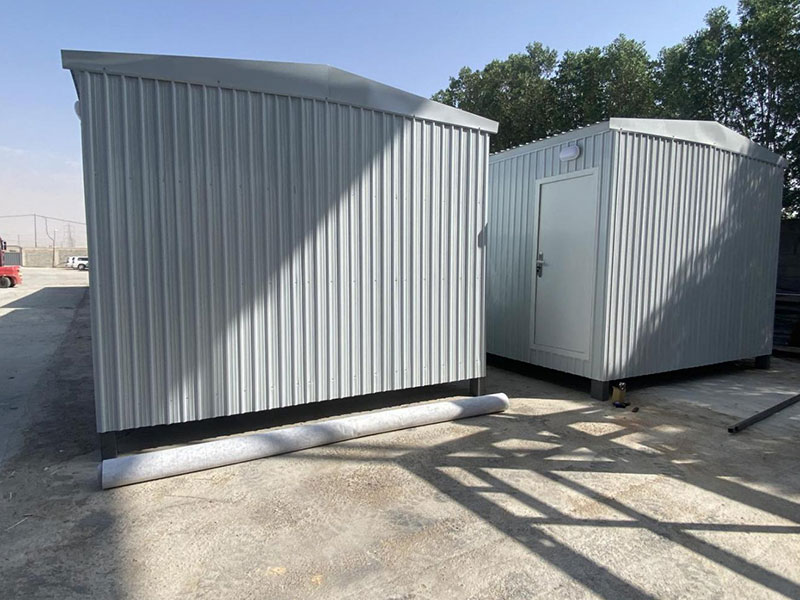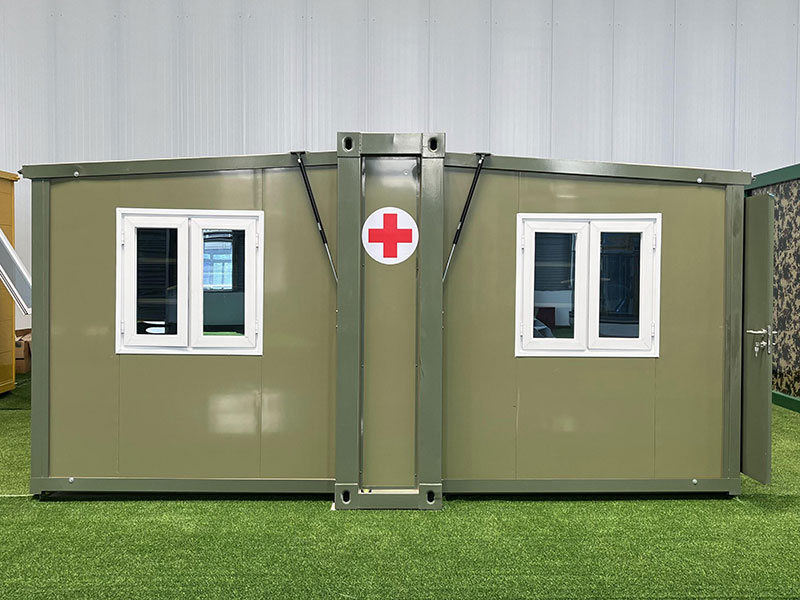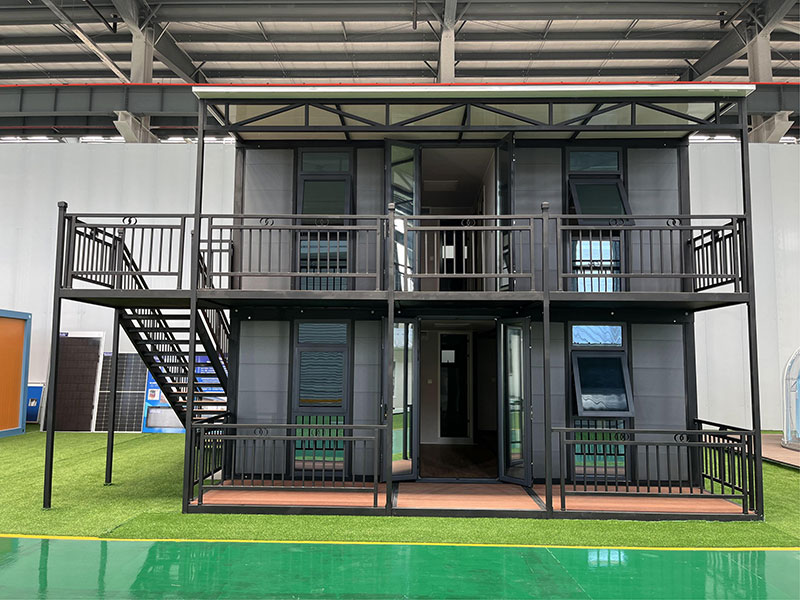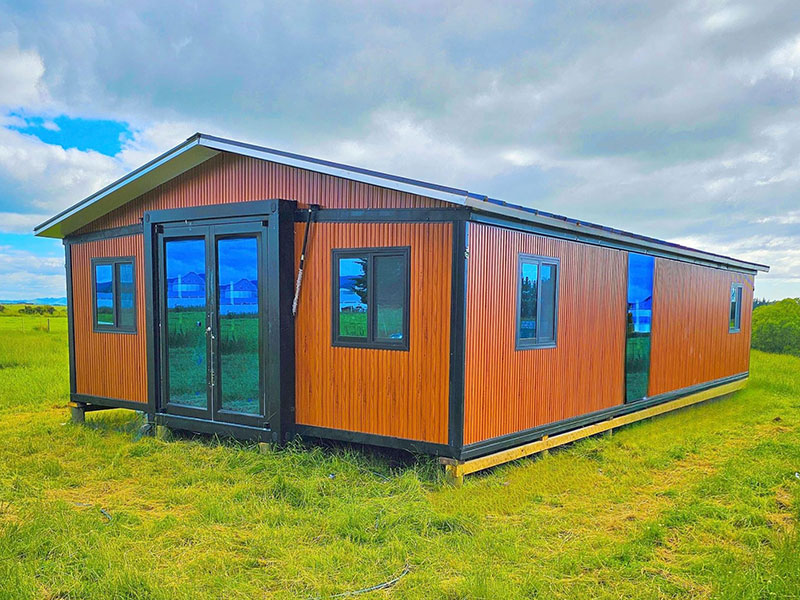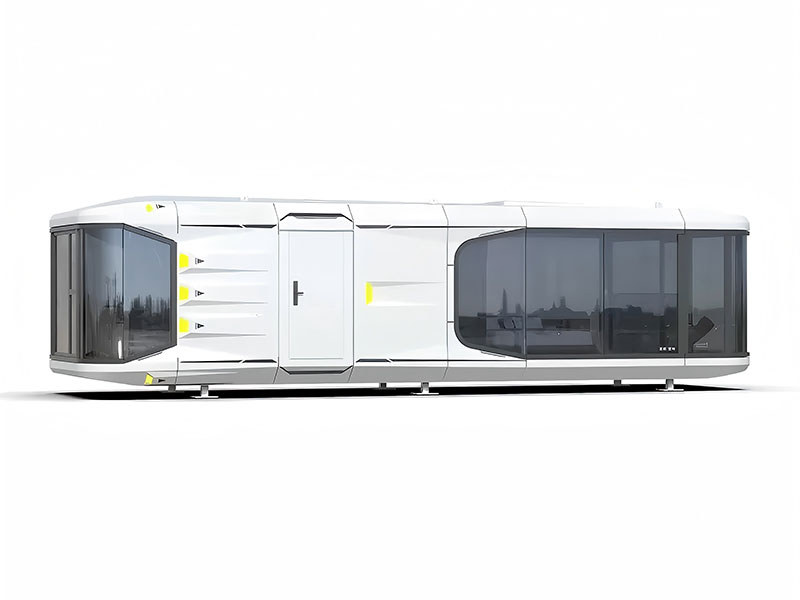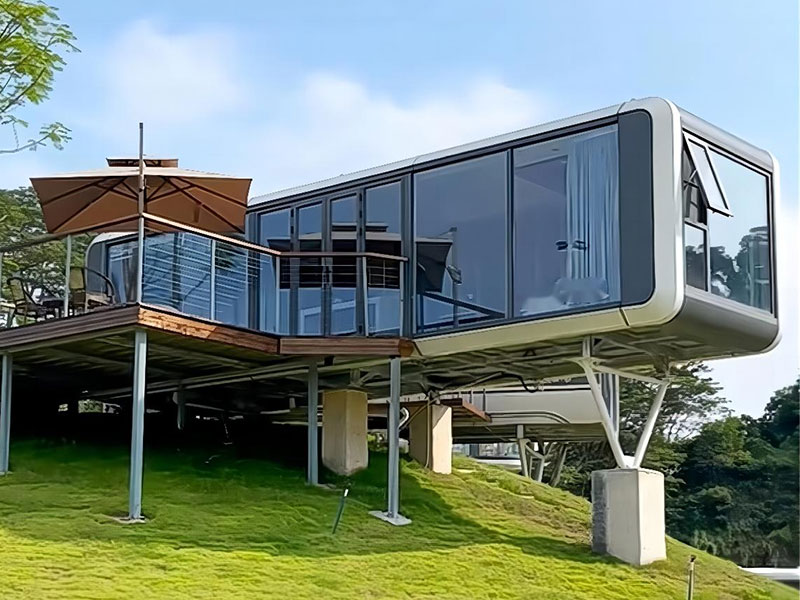The Innovative Design Features of Energy-Efficient Prefabricated Portable Houses
2025-05-15In the realm of modern construction, energy-efficient prefabricated portable houses have emerged as a revolutionary solution, combining functionality, mobility, and sustainability. These structures are not only a testament to architectural innovation but also a response to the growing demand for eco-friendly and cost-effective housing options.
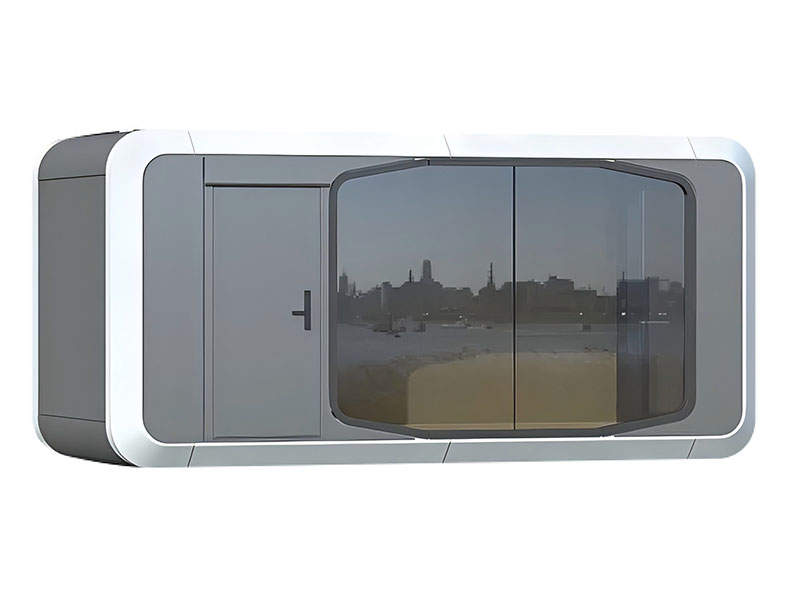
Understanding the Basics of Energy-Efficient Prefabricated Portable Houses
Prefabricated portable houses are built off-site in a controlled factory environment, which allows for precise construction and quality control. When it comes to energy efficiency, these houses incorporate various design elements and technologies. For instance, many energy-efficient prefab portable homes feature highly insulated walls and roofs. The insulation materials, such as expanded polystyrene or fiberglass, create a thermal barrier that minimizes heat transfer. This ensures that the interior of the house remains comfortable, whether it’s scorching hot outside or freezing cold, reducing the need for excessive heating or cooling and ultimately saving energy.
Reduced Energy Costs
One of the most significant benefits of energy-efficient prefabricated portable houses is the substantial reduction in energy costs. By minimizing the energy required for heating, cooling, and lighting, homeowners or users can enjoy lower utility bills. For example, a family living in an energy-efficient prefab portable home may find that their monthly electricity and heating expenses are significantly less compared to those in a traditional, less insulated house. Over time, these savings can add up to a considerable amount, making the investment in an energy-efficient prefabricated portable house not only environmentally friendly but also financially rewarding.
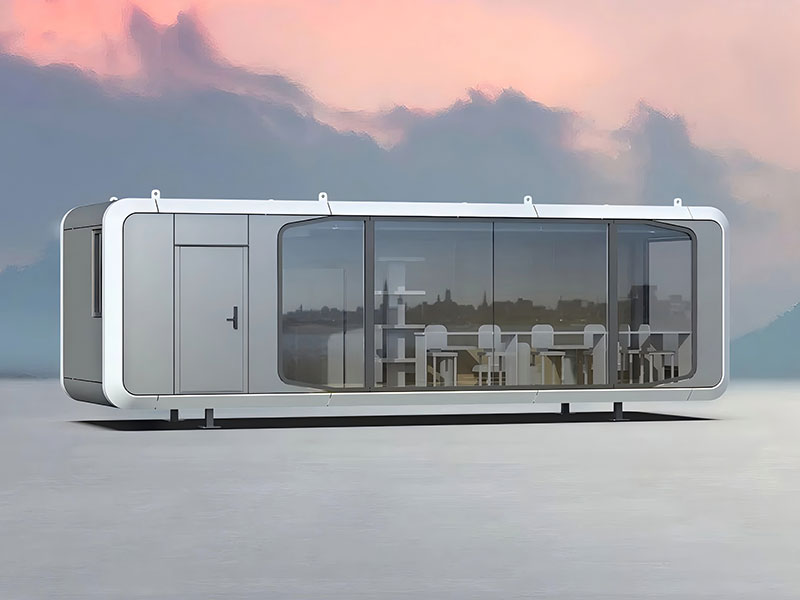
Environmental Sustainability
In an era where environmental concerns are at the forefront, energy-efficient prefabricated portable houses play a crucial role in reducing the carbon footprint. By consuming less energy, these houses contribute to lower greenhouse gas emissions. The use of sustainable materials in their construction, such as recycled steel for frames and reclaimed wood for flooring in some cases, further enhances their eco-friendliness. Additionally, the off-site construction process of prefabricated portable houses generates less waste compared to traditional on-site building, as any excess materials can be more easily managed and recycled in the factory setting.
Applications and Real-World Examples
Energy-efficient prefabricated portable houses have a wide range of applications. They are increasingly being used as vacation homes in remote areas. For instance, a couple looking for a weekend getaway cabin in the mountains might choose an energy-efficient prefab portable house. Its energy-saving features ensure that it remains comfortable without the need for a large and costly heating system, and its portability allows for easy relocation if desired.
In urban areas, these houses can serve as innovative solutions for housing shortages. Some cities are exploring the use of prefabricated energy-efficient portable homes as temporary or even permanent housing options for low-income families. The energy savings associated with these houses can make housing more affordable for those on a tight budget.
In conclusion, the innovative design features of energy-efficient prefabricated portable houses offer a multitude of benefits. From cost savings to environmental sustainability, these structures are shaping the future of housing. As technology continues to advance, we can expect even more sophisticated and efficient designs in the realm of prefabricated portable houses, making them an increasingly attractive option for a variety of users.

